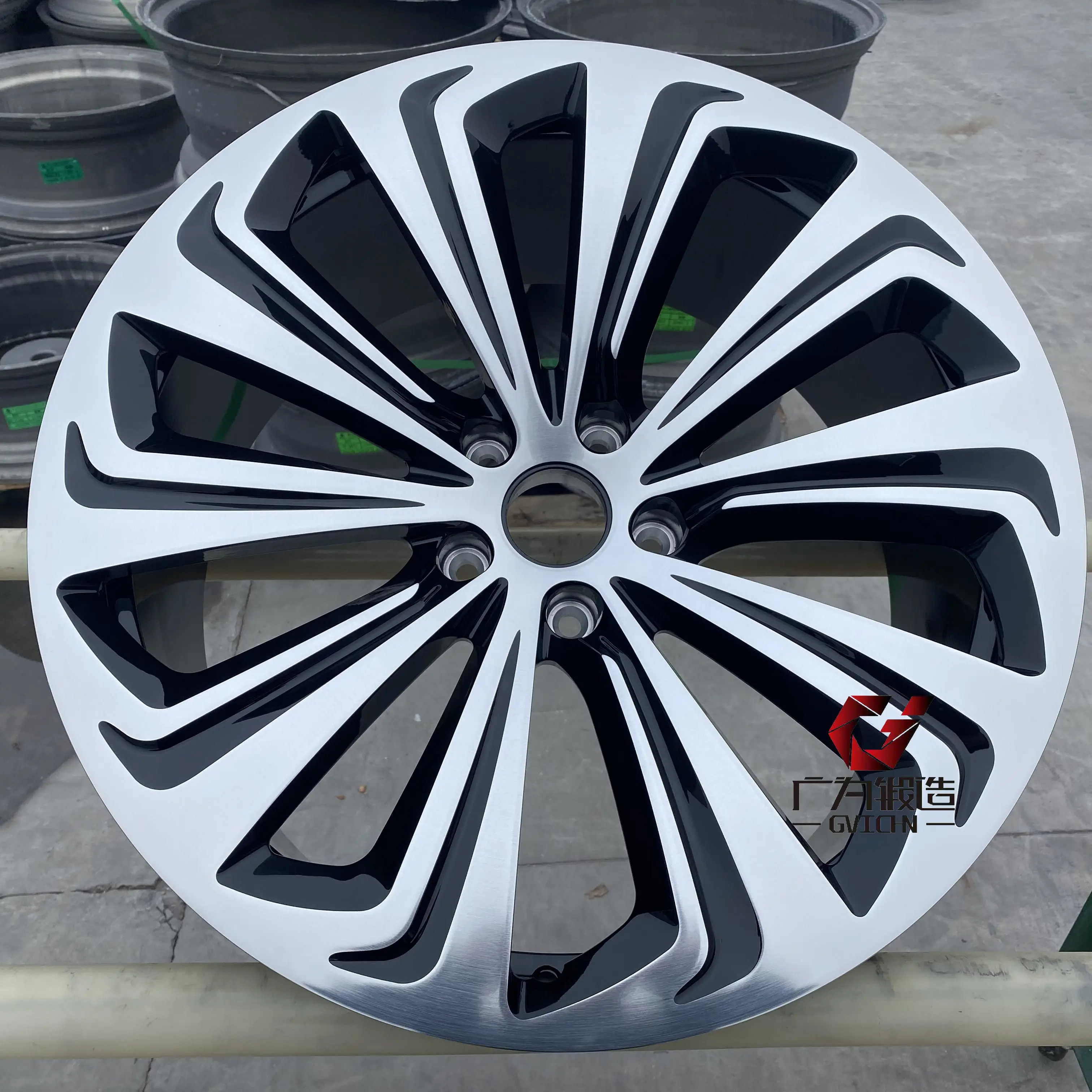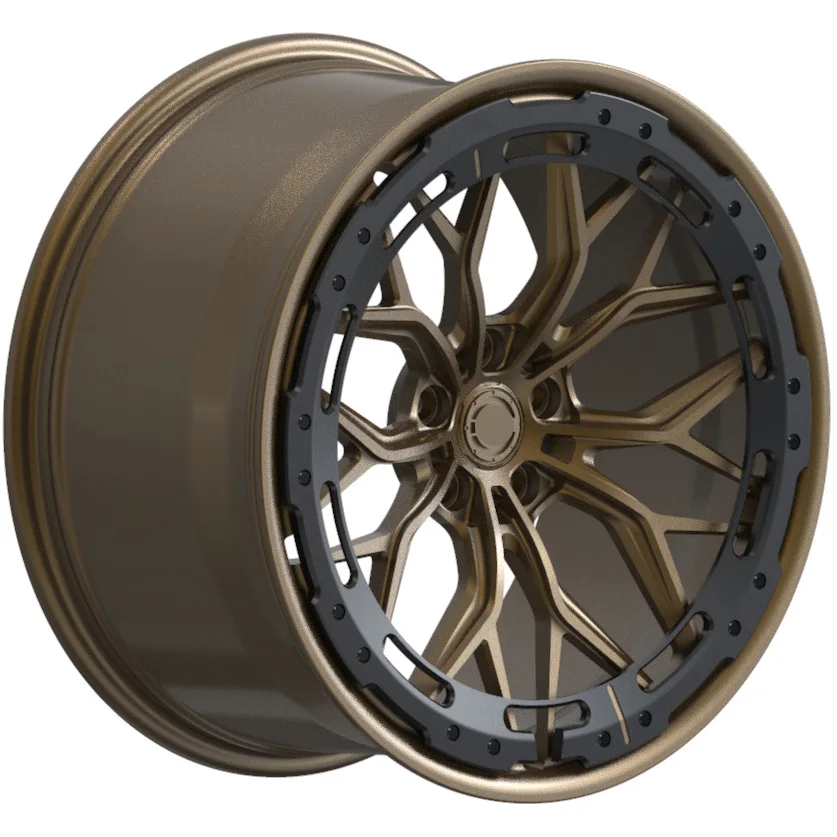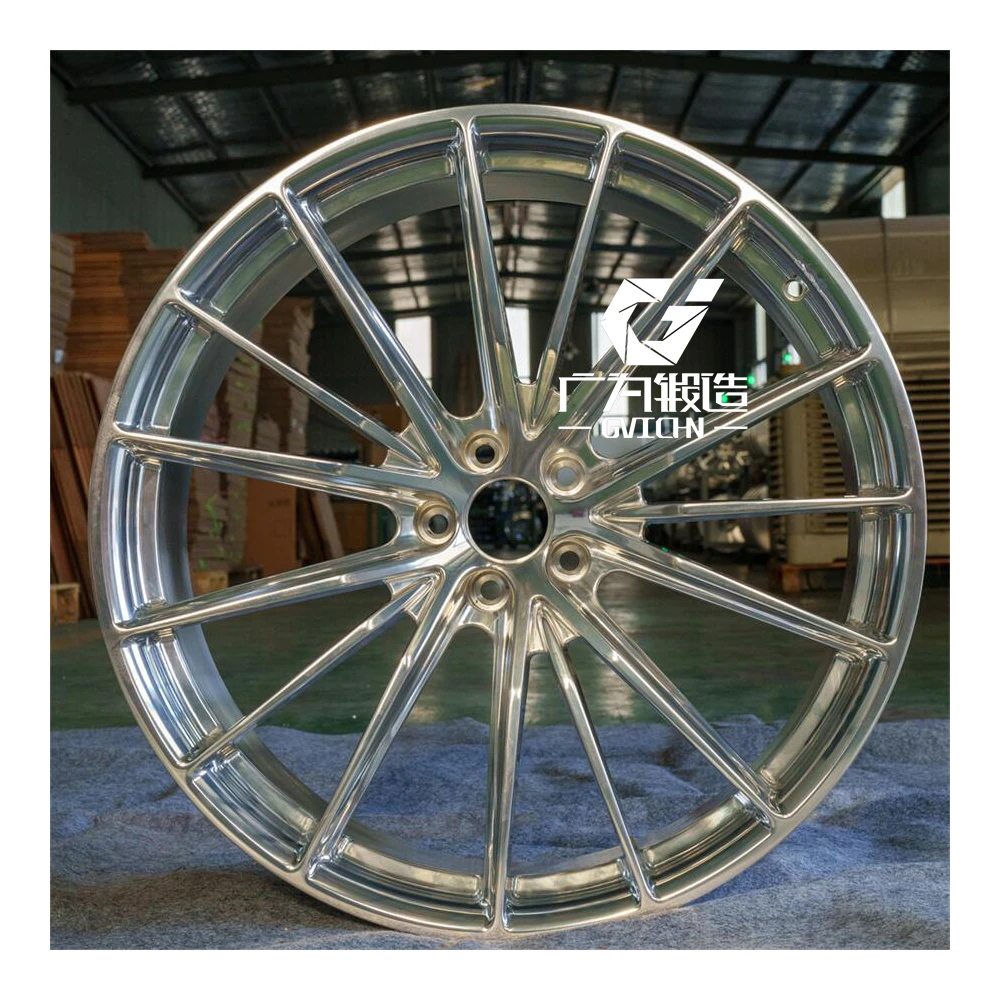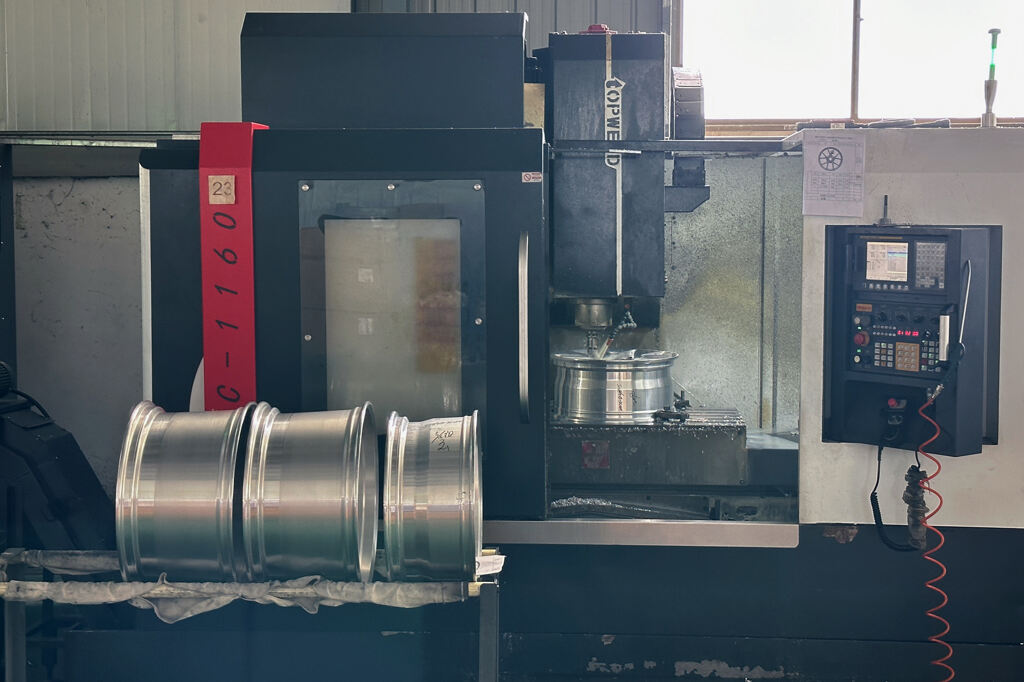Key Safety Tests for Wheel Performance
Side Load Capacity Testing Explained
Side load capacity is critical for wheel performance, ensuring stability, especially during cornering and sharp turns. It measures how well a wheel can handle lateral forces without compromising its structural integrity. According to the standards like SAE J2530, side load tests simulate real-world conditions where wheels undergo lateral stress, such as during aggressive driving or sudden maneuvers. This test usually involves applying force at various angles to the wheel and recording the maximum load it can endure before deforming or breaking. Rigorous side load testing is essential as statistical data show a notable failure rate among wheels not thoroughly tested, which compromises the safety of all terrain tires. Without such scrutiny, wheels might fail more frequently, posing significant risks to drivers.
Impact Resistance Evaluation Methods
Impact resistance is another critical aspect of wheel safety, especially for off-road tires traversing rugged terrains. Common assessment methods include drop tests, where weights are dropped onto a tire to gauge durability, and dynamic load testing protocols employing machines that simulate continuous, high-impact scenarios. These tests underscore the importance of a wheel’s ability to withstand abrupt shocks without catastrophic failure. For instance, case studies have highlighted incidents where poor impact resistance led to wheel fractures on rocky trails, causing safety hazards. Such events teach us invaluable lessons about the need for stringent testing to mitigate risks and enhance safety in challenging conditions.
Bursting Factor Analysis for All Terrain Tires
The bursting factor is a measure of tire integrity, particularly vital for all terrain tires that encounter extreme conditions. This factor assesses the tire's capacity to endure internal pressure without exploding, ensuring safety in diverse environments. Testing procedures for analyzing bursting factors involve subjecting the tire to gradually increasing pressures until it bursts, adhering to strict metrics and reference standards. Industry insights reveal a worrying trend of bursting factor failures among poorly manufactured tires, emphasizing the necessity of high-quality production and testing. As research highlights, prioritizing top-grade materials and rigorous testing can drastically reduce failure rates, enhancing performance and safety for all terrain tires.
International Wheel Certification Standards
EN 12413 Requirements for Industrial Wheels
EN 12413 serves as a crucial certification for industrial wheels, setting forth rigorous standards to ensure safety and reliability. Compliance with EN 12413 standards requires manufacturers to adhere to stringent safety requirements that focus on wheel durability and performance under extreme conditions. This includes testing protocols aimed at verifying the hardness and resistance to impact that the wheels can withstand. For manufacturers, adhering to these standards is not just a matter of safety; it's also about gaining market access and reducing liability. Non-compliance can result in penalties or restricted market opportunities, particularly in regions where EN 12413 compliance is mandatory. According to industry data, wheels conforming to EN 12413 standards exhibit a remarkable decrease in failure rates, underscoring the direct impact of these standards on safety performance.
JWL/VIA Compliance for Off Road Tires
The JWL and VIA standards are specialized certifications that focus on ensuring the durability and performance of off-road tires. JWL compliance necessitates that wheels undergo a suite of tests, including impact resistance and radial fatigue tests, while additionally requiring verification of wheel roundness to prevent deformation. The VIA process adds another layer of assurance by using independent third-party testing to verify the results, ensuring a high degree of reliability. Compliance with JWL and VIA standards directly influences safety, as off-road conditions present unique challenges that require robust tire performance. Experts in the field highlight that adherence to these standards significantly diminishes the likelihood of tire failures in adverse conditions, improving both safety and vehicle performance in rugged environments.
SAE Standards for 3 Piece Wheels
SAE standards provide comprehensive guidelines for 3 piece wheels, emphasizing stringent testing protocols such as radial, cornering, and impact resistance tests. These standards ensure that 3 piece wheels can endure extreme conditions and maintain structural integrity. The design of 3 piece wheels offers distinct advantages, including enhanced repairability and the ability to handle severe terrain conditions due to their modular construction. Manufacturers who comply with SAE standards often report improved safety profiles, owing to the thorough nature of the testing protocols, which are integral in identifying potential weaknesses before wheels enter the market. Testimonials from manufacturers reveal that achieving SAE compliance not only enhances their product safety but also bolsters consumer confidence, ultimately leading to increased market success.
Hookless Rim Safety Considerations
ISO 5775-1:2023 Updates for Beadlock Systems
The ISO 5775-1:2023 standard introduces critical updates for beadlock systems, emphasizing their safety implications in off-road settings. These criteria focus on improved tire retention and performance, particularly in high-risk environments where secure traction is non-negotiable. Real-world applications have shown that compliant beadlock systems significantly enhance performance by maintaining the tire's integrity under challenging conditions. For instance, adhering to these updates has proven essential in off-road races, where vehicles experience extreme stress and impact. Experts agree that these regulations mitigate the risk of dislodged tires, enhancing overall safety and performance.
Tire-Rim Compatibility Challenges
Hookless rims present several compatibility issues with various tire types, significantly affecting safety. These challenges often arise from mismatched dimensions between the rim and tire, leading to incidents such as tire blowouts or improper seating. Supporting this, ETRTO revisions emphasized compatible tire width for rim safety, noting incidents like Thomas De Gendt’s accident which underscored such risks. Proper selection is key, involving precise pairing of tire and rim specs as per manufacturer guidelines. Ensuring compatibility might involve consulting updated compatibility charts and adhering to specified pressure limits, ensuring a more secure user experience with hookless setups.
Pressure Limitations in Modern Designs
Modern hookless rim designs are constrained by strict pressure limitations, posing risks if exceeded. Current industry standards set maximum pressure limits to prevent catastrophic failures—a common concern with hookless rims given their lower tolerance compared to hooked variants. For example, exceeding these limits can result in disastrous outcomes, such as blowouts during a ride, as seen in recent cycling incidents. Industry advancements focus on incorporating materials and technologies that safely accommodate higher pressures, such as advanced composite materials or innovative design modifications. Expert views highlight the necessity for ongoing innovation to secure higher pressure adaptability, making riding safer and more reliable.
Durability Testing for Extreme Conditions
Off Road Tire Stress Simulations
Off-road tire stress simulations are crucial for ensuring tire durability under challenging conditions. These simulations replicate rough terrains, providing valuable insights into tire performance. For instance, trials often simulate rocky, muddy, and uneven surfaces to evaluate how tires handle real-world conditions. The outcomes of these simulations have been significant, showing improved safety performance by identifying potential failures before the tires are used in real situations. Data from the testing process indicate that these stress simulations contribute to enhancing the design and manufacturing of safer off-road tires, minimizing risks associated with harsh environments.
Cornering Fatigue Tests for Jeep Rims
Cornering fatigue tests play a pivotal role in assessing the durability of Jeep rims and other off-road tires. These tests simulate the stress levels and forces encountered during sharp turns and rough driving conditions. The methodology involves applying varied stress levels while conducting longevity tests to ensure the rims can withstand such forces over time. According to experts, these tests are effective in identifying weaknesses in rim performance. Research findings confirm that Jeep rims subjected to these tests exhibit improved durability, reducing the likelihood of failures during intensive off-road adventures. This testing ensures that the rims meet the necessary standards for endurance and reliability.
Axle Load Capacity Verification
Verifying axle load capacity is vital for ensuring wheel and tire longevity, particularly in off-road applications. This verification process involves rigorous testing to validate that wheels can adequately support the vehicle's weight, keeping safety and performance in mind. The process includes using specific metrics and criteria, such as weight distribution and stress resistance, to assess the wheel's capacity. Statistics from industry reports underscore the importance of this verification, showing a marked decrease in incidents related to axle overload. Ensuring accurate load capacity not only prolongs wheel lifespan but also enhances the overall safety and efficiency of off-road vehicles.







 Hot News
Hot News
 ONLINE
ONLINE